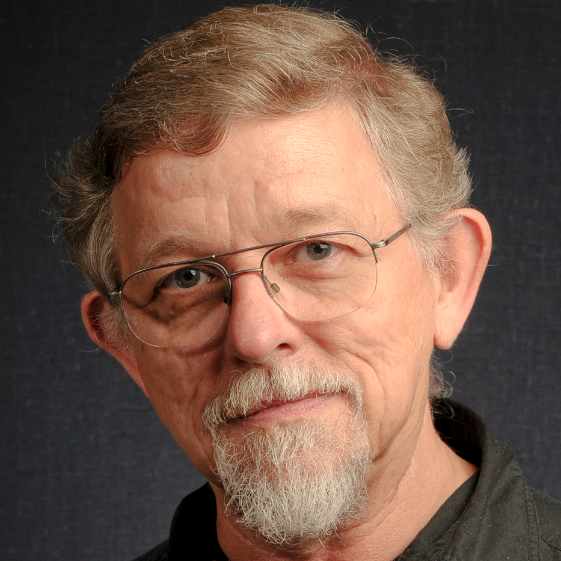

You work with great software engineers. They work on autonomous product teams that deliver frequently. The products are doing well. But -- there is always a But. Things could be better. Something is frustrating team members or disappointing customers or slowing things down. What is it?
Friction. No matter how well things are going, there will always be friction. Consumers experience friction when using your product. Friction delays a team's response to a product request. Friction makes the code difficult to change. Differing expectations create friction among team members. Competing goals create friction between teams.
The purpose of this workshop is for attendees to identify the largest source of friction-- the biggest thing that keeps them from doing their best work -- and come up with a plan for reducing that source of friction.
This workshop assumes that people attending the lab are familiar with lean principles and agile practices, and have worked to implement them. In the lab, attendees learn a pattern for identifying and reducing friction that they can use again and again to improve the way their work works.
Tom Poppendieck has 25 years of experience in computing including eight years of work with object technology. His modeling and mentoring skills are rooted in his experience as a physics professor. His early work was in IT infrastructure, product development, and manufacturing support, and evolved to consulting project assignments in healthcare, logistics, mortgage banking, and travel services. Tom holds a PhD in Physics and has taught physics for ten years. He is the coauthor of four books: Lean Software Development, 2003. Implementing Lean Software Development, 2006. Leading Lean Software Development, 2009 and Lean Mindset, 2013.